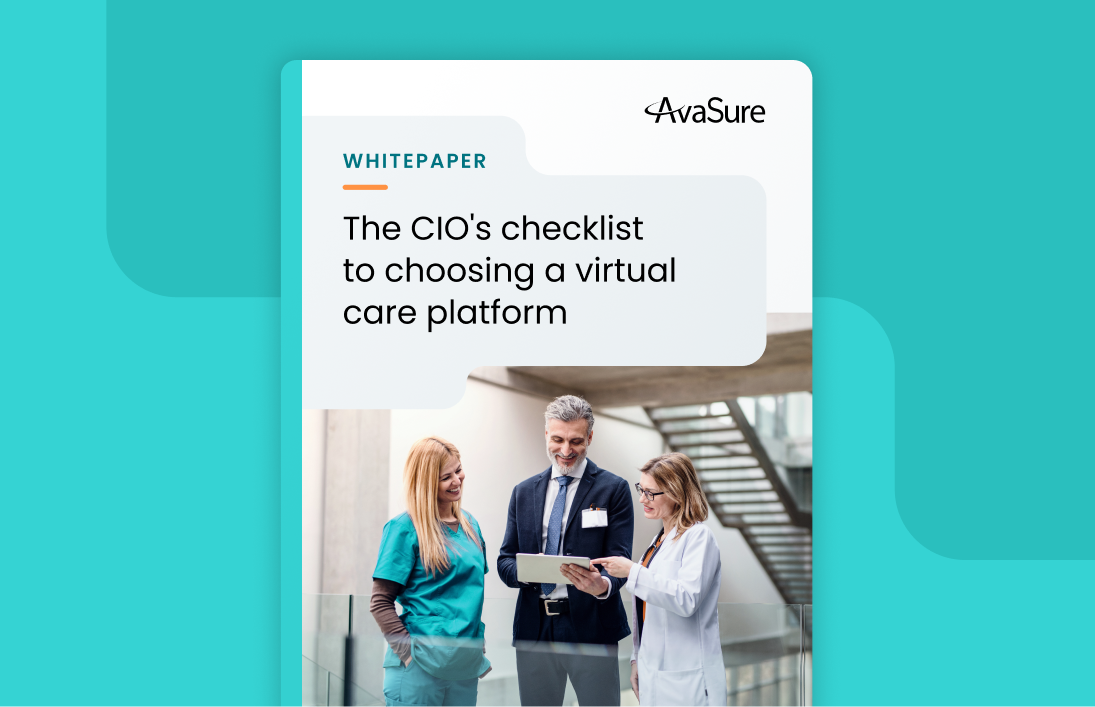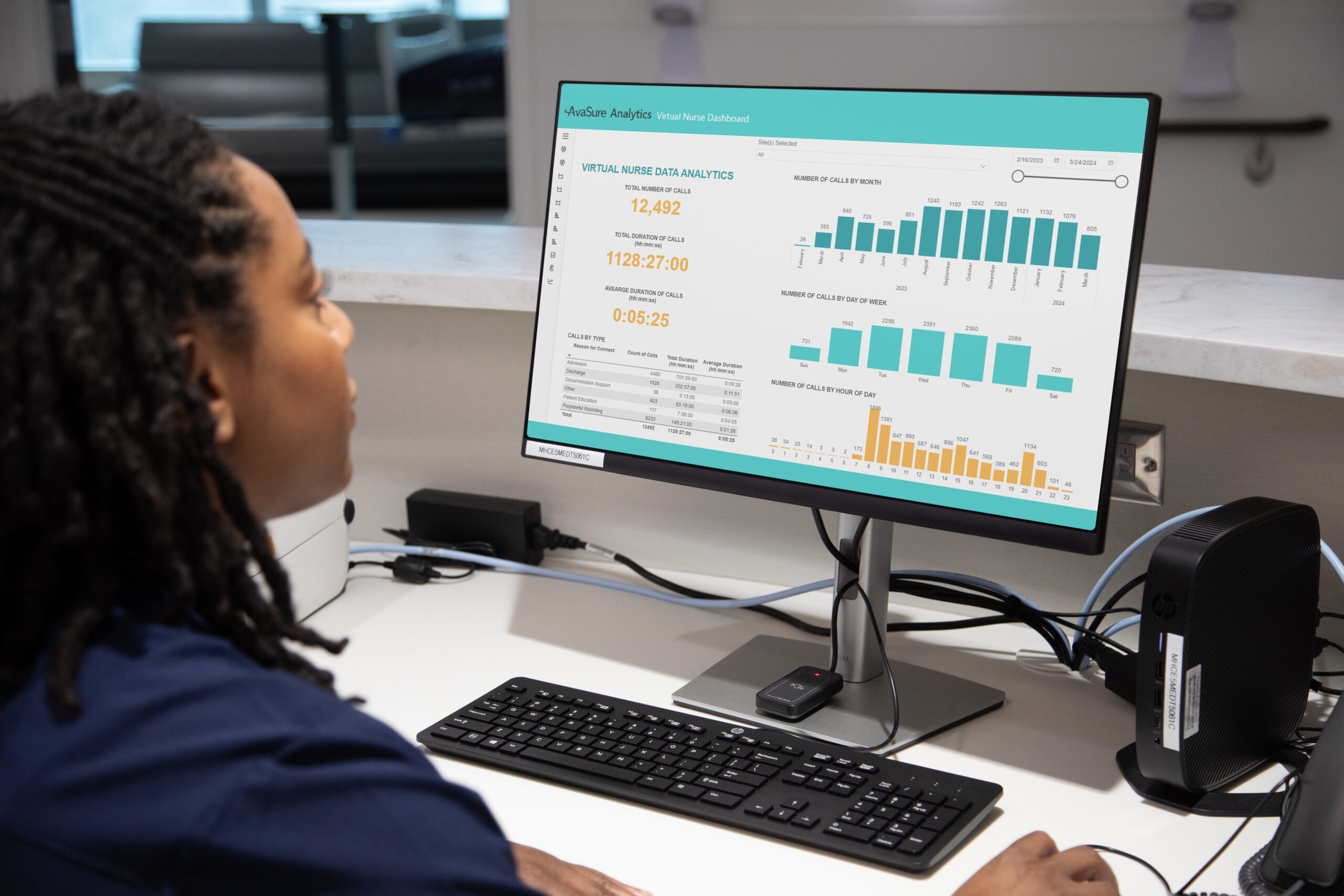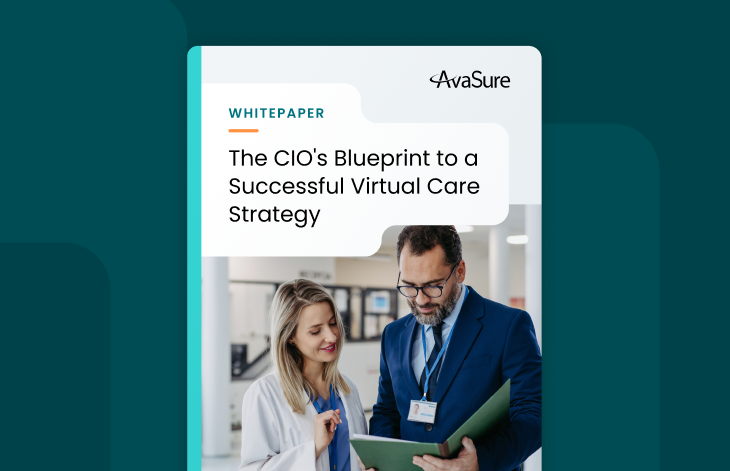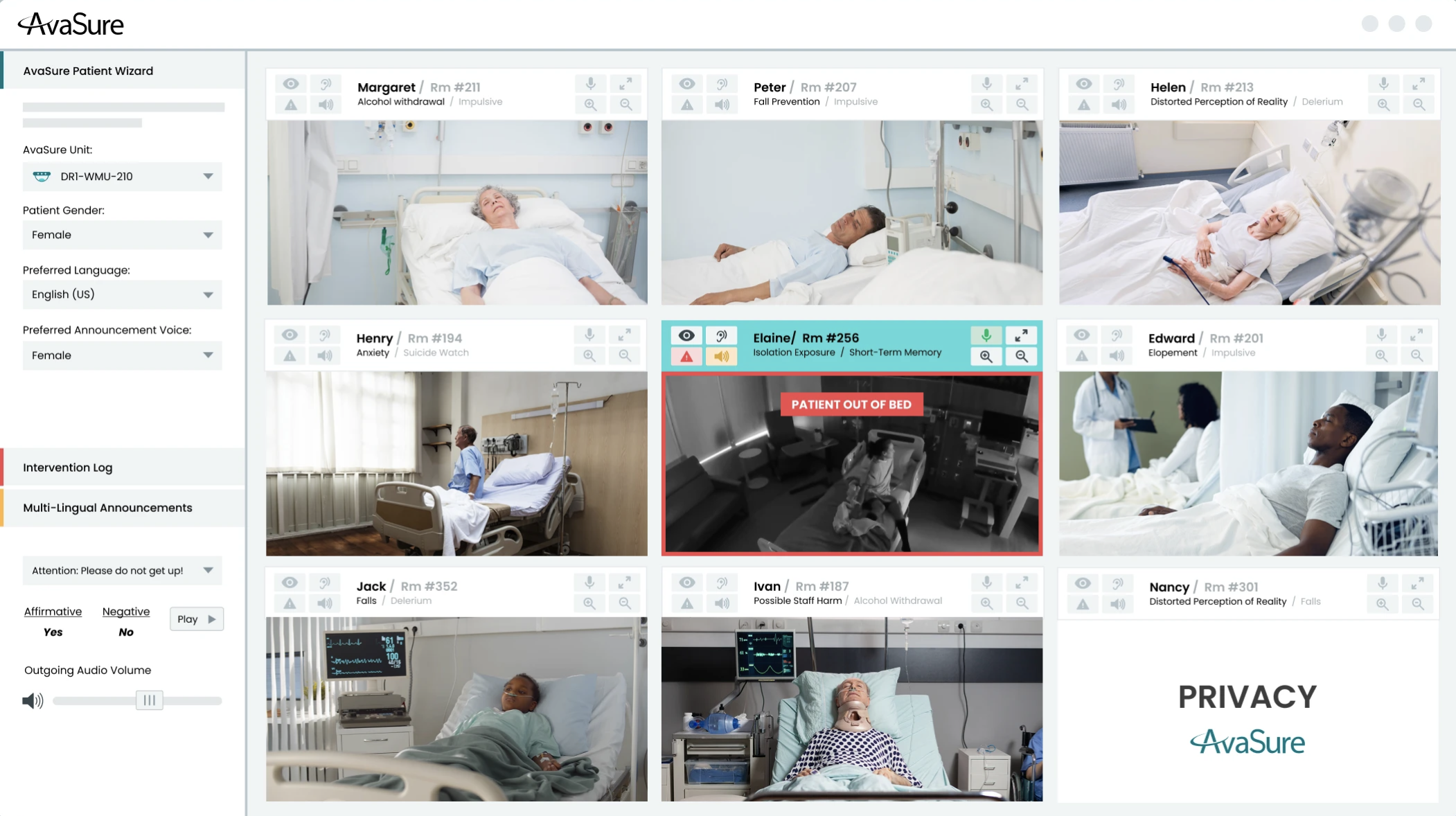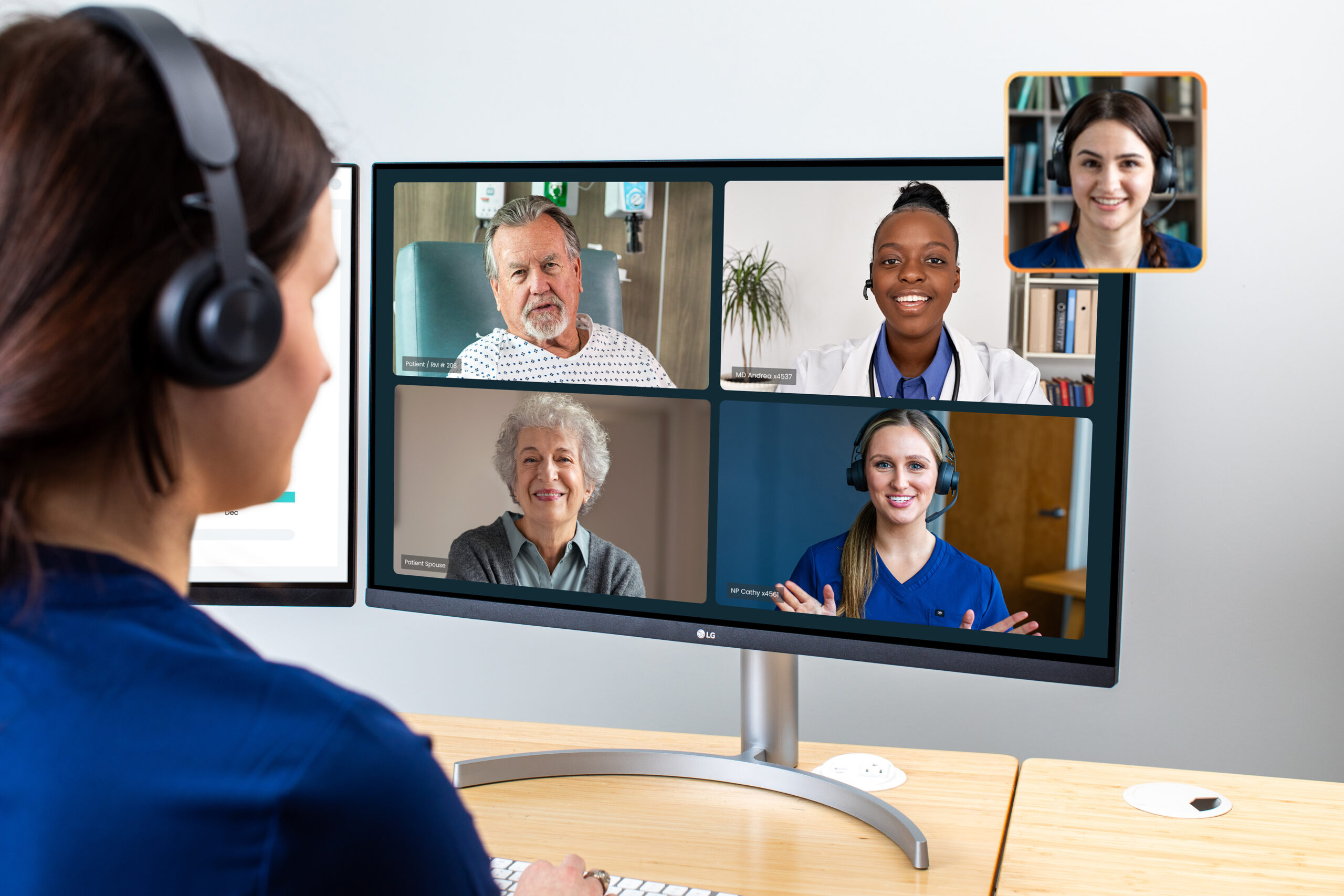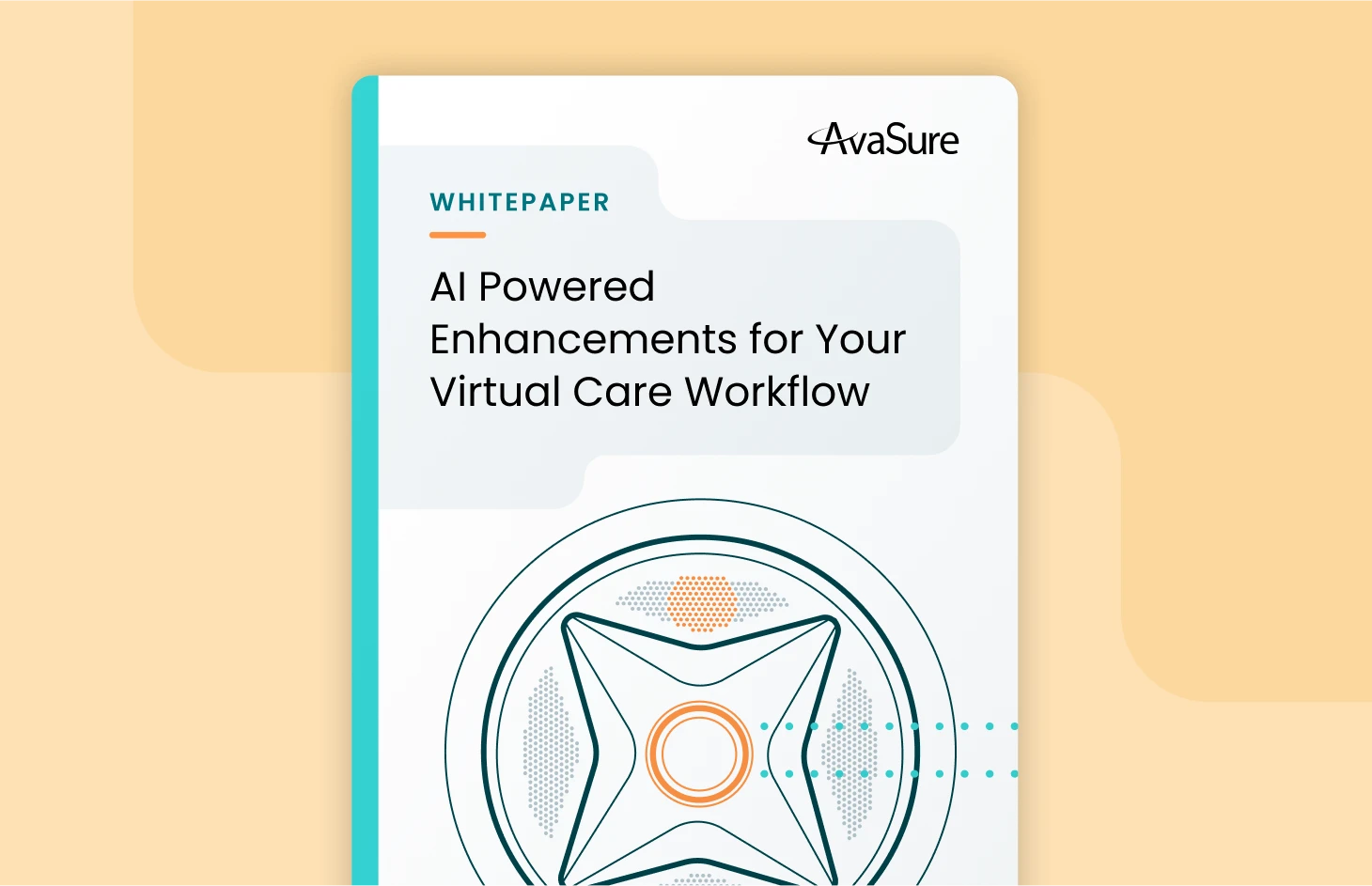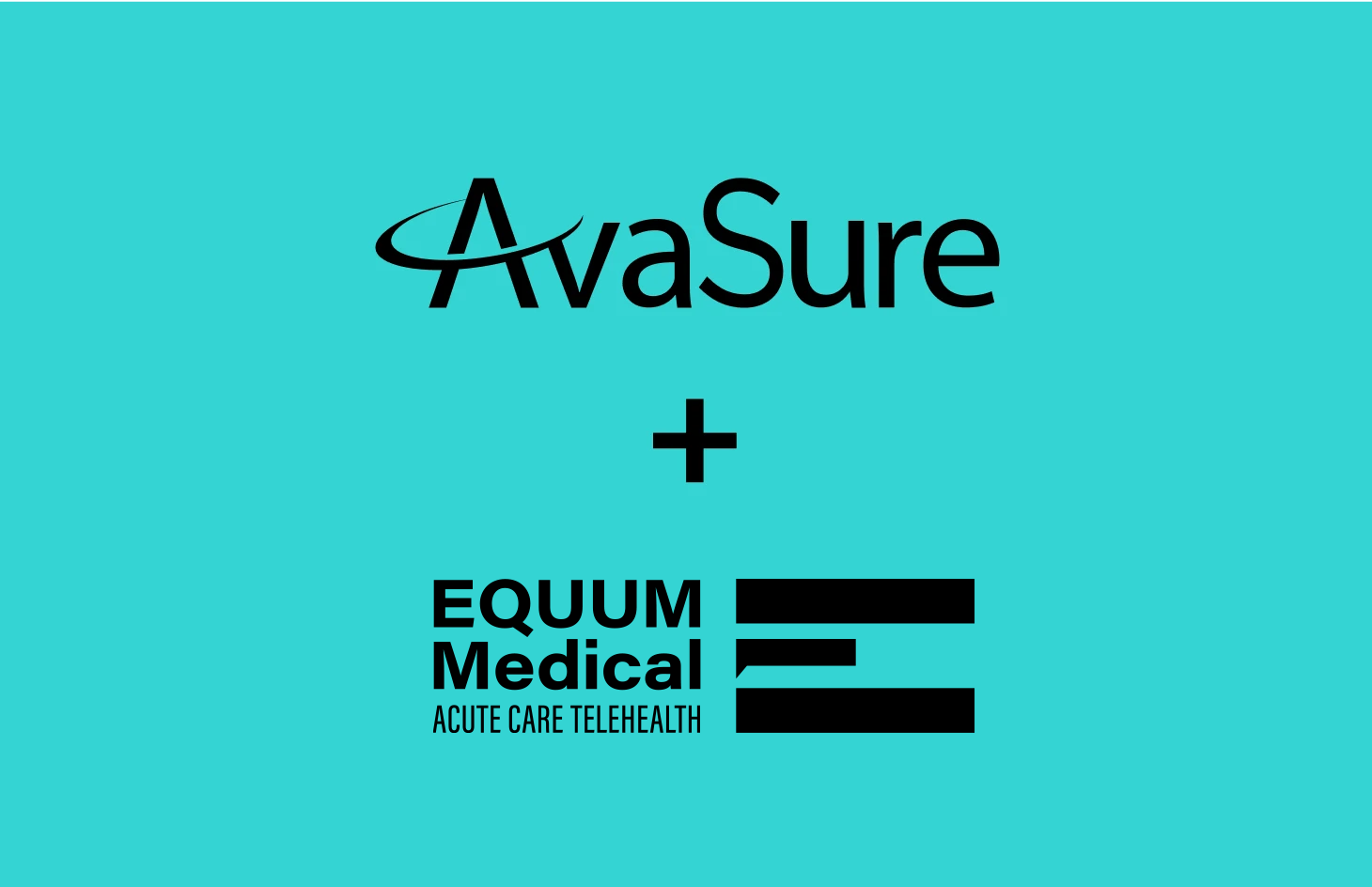
Partnership advances virtual care by fusing clinical expertise with advanced technology
BELMONT, Mich., [April 30, 2024] — AvaSure, a market leader in acute virtual care, and Equum Medical, a leader in telehealth-enabled clinical services, will showcase a proven virtual care model that alleviates clinician shortages and is delivering value to healthcare ecosystems at the American Telemedicine Association (ATA) Nexus 2024 event from May 5 to 7 in Phoenix.
The AvaSure and Equum Medical partnership provides hospitals with an affordable, easily adoptable, and highly effective virtual care solution. The partnership utilizes AvaSure’s intelligent virtual care platform that provides uninterrupted uptime across various departments in over 1,100 hospital departments across the US, while Equum hosts monitoring services from its Virtual Care Collaboration Center in Nashville, Tennessee.
As a result of the partnership, hospitals address nursing staffing shortages, reduce adverse events while ensuring access to care and exemplifying how alignment between clinical services and technological innovation can enhance the clinician experience and impact patient outcomes.
In keeping with its dedication to advancing telehealth across the healthcare spectrum, AvaSure has joined as a member of the ATA. Equum is a long-standing member of the ATA.
“We are delighted to demonstrate our partnership and the value it is delivering to our joint customers,” said Adam McMullin, CEO, AvaSure. “We are excited to join ATA and look forward to connecting and collaborating with ATA members to tackle their biggest challenges: navigating workforce shortages, rising cost pressures, and delivering seamless virtual care on a single platform.”
“Being part of the ATA underscores our mission to leverage telehealth for enhancing patient care,” said Corey Scurlock, MD, MBA CEO and Founder, Equum Medical. “Our membership allows us to collaborate with industry leaders and contribute to shaping the future of healthcare in an era of digital transformation.”
As the only organization completely focused on advancing telehealth, the ATA is committed to ensuring that everyone has access to safe, affordable, and appropriate care when and where they need it, enabling the system to do good for more people.
AvaSure and Equum Medical have purposefully chosen membership and participation in the American Telemedicine Association (ATA) Annual Conference to promote their partnership, as this venue provides the ideal platform to showcase the collaborative efforts while engaging with a network that includes healthcare systems, academic institutions, and policymakers committed to telehealth integration. This setting allows both companies to demonstrate the scalability and sustainability of their solutions, ensuring they meet current and future healthcare demands, in line with ATA’s mission to normalize telehealth in value-based care models.
AvaSure Chief Clinical Officer Lisbeth Votruba, MSN, RN, will participate in a panel discussion at ATA Nexus on Saturday, May 4, from 3:50 p.m. to 4:30 p.m. The discussion, “Optimizing Virtual Nursing: Strategies for Resource Assessment and Staffing Models,” will offer insights into effectively navigating the complexities of resource allocation and staffing within virtual nursing programs.
To learn more about how AvaSure and Equum can help ATA members tackle their biggest clinical, operational, and financial challenges, stop by booth #907 at ATA Nexus 2024.
About AvaSure
AvaSure® is an intelligent virtual care platform that healthcare providers use to engage with patients, optimize staffing, and seamlessly blend remote and in-person care at scale. The platform deploys AI-powered virtual sitting and virtual nursing solutions, meets the highest enterprise IT standards, integrates seamlessly with technology partners, and drives measurable outcomes. AvaSure consistently delivers a 6x ROI and has been recognized by KLAS Research as the #1 solution for reducing the cost of care. With a team of 15% nurses, AvaSure is a trusted partner of 1,100+ hospitals with experience in over 5,000 deployments.
About Equum Medical
Equum Medical is a nationally recognized leader in acute telehealth services, committed to delivering innovative healthcare solutions that empower providers and improve patient outcomes. Equum’s broad portfolio is oriented to optimizing patient flow, connecting care across the continuum with a suite of services from Multi-Specialty, to Critical Care, Virtual Nursing, Sitter and Telemetry. With a steadfast commitment to excellence and a pioneering approach to telehealth, Equum Medical continues to shape the future of healthcare delivery. Learn more at www.equummedical.com.
Media contacts:
Marcia Rhodes, Amendola Communications for AvaSure
mrhodes@acmarketingpr.com
Karsten Russell-Wood, Equum Medical
Karsten.Russell-Wood@equummedical.com

